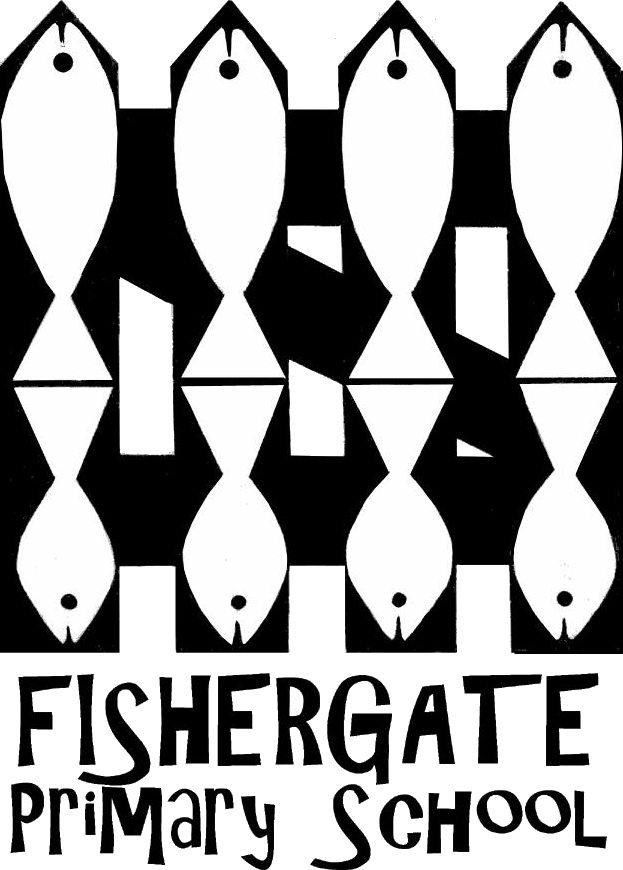During the last few years there has been a great deal of discussion regarding handwriting and dyslexia. Do we join? Not join? Use cursive?
We as a school feel it is important for children to learn cursive handwriting as soon as they are able to as this supports their visualisation and multi-sensory development when writing. The link below give examples of the letter formation children use at our school.
Handwriting and letter formation
This view is supported by The British Dyslexia Association
“It is recommended that children learn the continuous cursive style.
Typically, when first learning to write, children ‘print’ their letters. They then move on to ‘joined up’ writing at a later stage. For children with dyslexia, learning two styles of handwriting can add an extra layer of difficulty and cause confusion. It is, therefore, much more helpful if a young child can learn to use a single system of handwriting right from the start.
The most widely recommended handwriting style is called continuous cursive. Its most important feature is that each letter is formed without taking the pencil off the paper – and consequently, each word is formed in one, flowing movement.
The key advantages to this system are:
- By making each letter in one movement, children’s hands develop a ‘physical memory’ of it, making it easier to produce the correct shape;
- Because letters and words flow from left to right, children are less likely to reverse letters which are typically difficult (like b/d or p/q);
- There is a clearer distinction between capital letters and lower case;
- The continuous flow of writing ultimately improves speed and spelling.”
The British Dyslexia Association -Help with Handwriting 2016
(http://www.bdadyslexia.org.uk/parent/help-with-handwriting)

